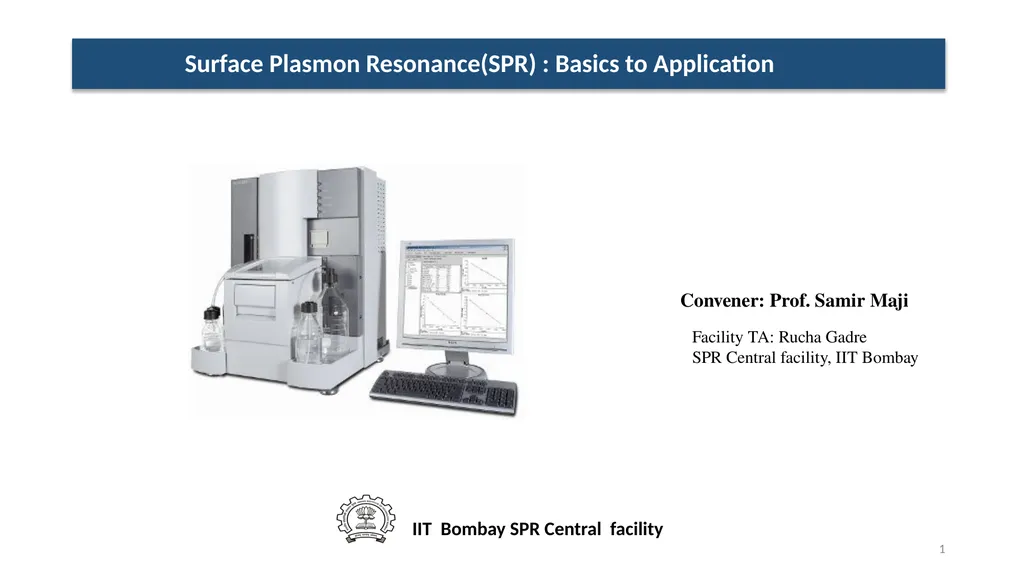
IIT Bombay SPR Central facility Facility TA: Rucha
Author: stefany-barnette | Published: 2025-05-29
Description: IIT Bombay SPR Central facility Facility TA: Rucha Gadre SPR Central facility, IIT Bombay Surface Plasmon Resonance(SPR) : Basics to Application 1 Convener: Prof. Samir Maji overview Introduction to SPR Assay Development Applications 2
Download Presentation
Download the PPT/PDF: Download
Transcript:
Loading transcript…